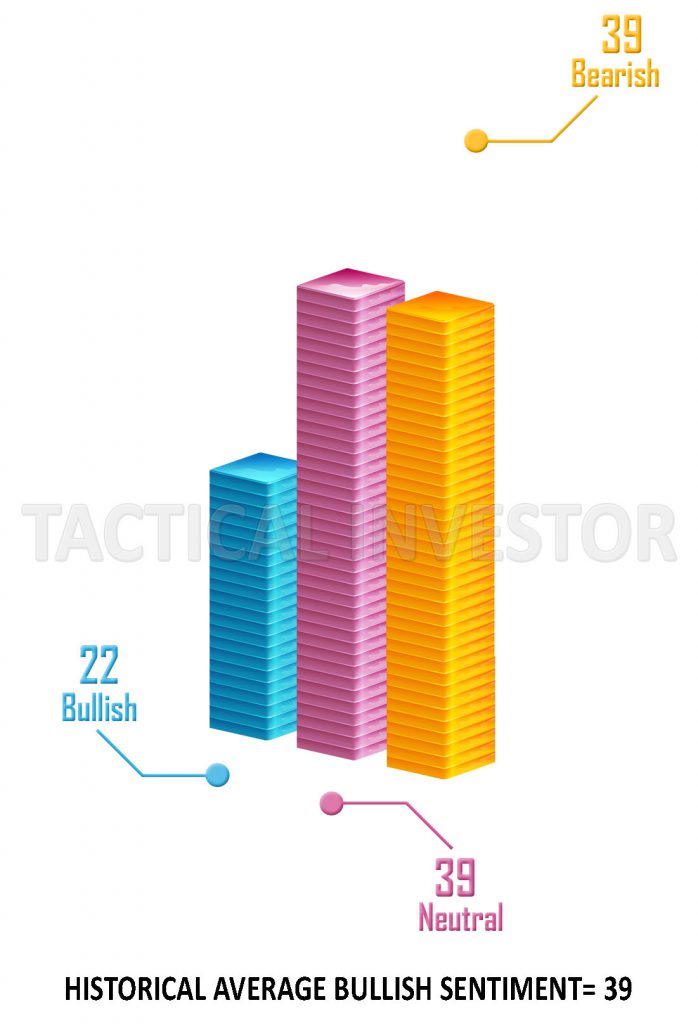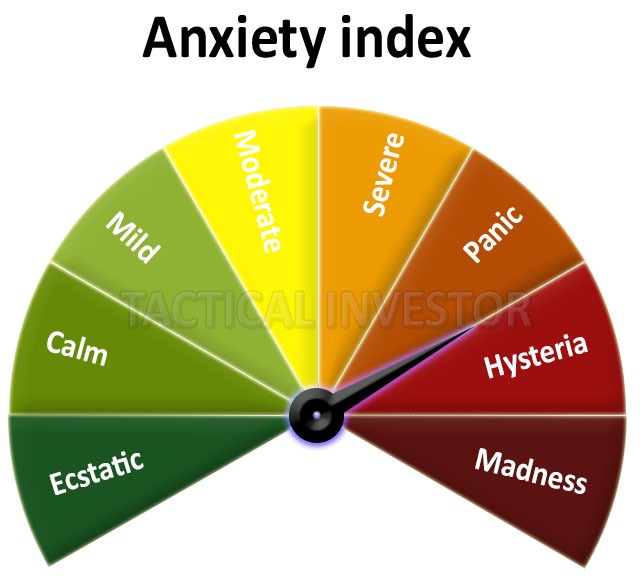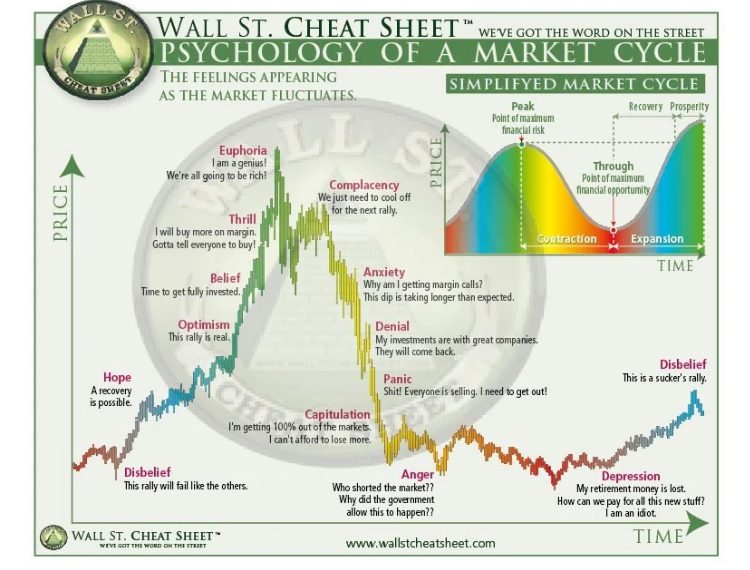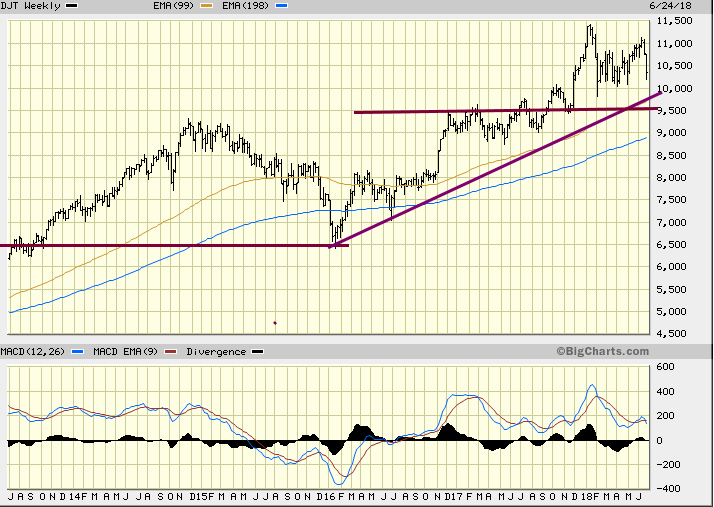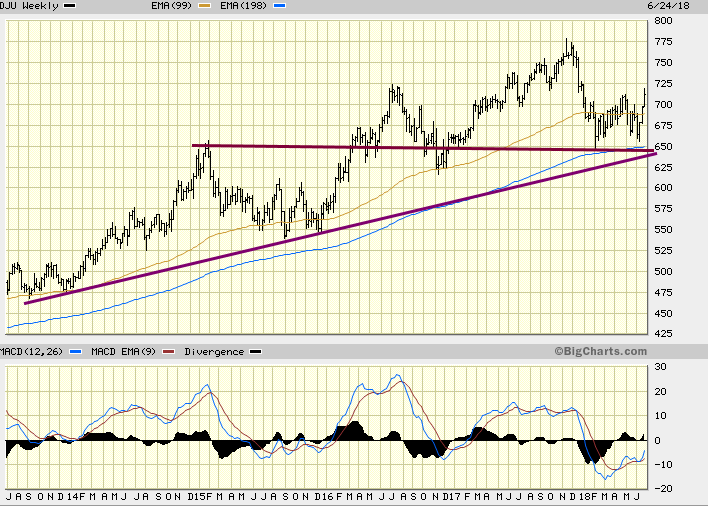
Artificial Intelligence (AI) is undeniably transforming the world as we know it. AI is becoming an integral part of our daily lives, from autonomous vehicles to voice-activated assistants. However, like every powerful tool, it has a dark side. Here are some reasons AI can be considered harmful, backed by data and factual information.
Job Displacement
Although AI can create new job opportunities, it poses a significant threat to human labour. A study from Oxford University reveals a startling prediction – up to 47% of jobs in the US could be automated within the next 20 to 30 years. This automation wave isn’t confined to blue-collar employment; the tremors are also felt in white-collar professions such as law, journalism, and medicine.
AI’s potential to perform complex tasks swiftly and efficiently is a double-edged sword. On one side, it can heighten productivity, reduce human error, and handle monotonous tasks, thus freeing humans for more creative and strategic roles. On the flip side, it could render many current jobs obsolete.
This wave of automation is not a far-off future scenario but a reality already unfolding. For instance, self-checkout systems in supermarkets and automated customer service chats are becoming commonplace. They’re faster, available 24/7, and eliminate human error. But what happens to the cashier or the customer service representative?
White-collar jobs are not immune, either. AI algorithms can now sift through legal documents, write news articles, and even accurately diagnose diseases. This begs the question – what roles will humans play in an increasingly automated world?
While job displacement is a significant concern, it’s essential to remember that every industrial revolution has led to job losses and created new roles unimaginably. The challenge lies in managing this transition. This includes retraining and upskilling the workforce, creating social safety nets for those displaced, and reconsidering our education systems to prepare future generations for an AI-driven world.
In conclusion, while AI’s potential to displace jobs is a reality we must prepare for, it also offers opportunities to reimagine work and create a future where humans and machines work together for mutual benefit.
Lack of Emotional Intelligence
While AI can mimic human intelligence, it falls short in an area that is distinctly human – emotional intelligence. This includes the capacity for compassion, empathy, and understanding, which AI cannot replicate. This disconnect can have profound implications, particularly in the healthcare and customer service sectors, where human connection and understanding are vital.
Consider the healthcare industry, where empathy can be as healing as medicine. An AI system might efficiently diagnose a disease based on symptoms but cannot comfort a patient or understand their fears. Similarly, in customer service, an AI chatbot can provide quick solutions but can’t empathize with a customer’s frustration or read between the lines of their complaints.
While AI’s lack of emotional intelligence doesn’t diminish its value, it underlines the importance of human touch in our increasingly automated world. As we further integrate AI into our lives, we must strive to preserve and value the human connection that makes us unique.
Privacy Concerns
AI’s ability to collect and analyze vast amounts of data raises serious privacy concerns. For example, AI algorithms on social media platforms collect personal data to customize user experiences. However, this data can be misused, as seen in the Cambridge Analytica scandal, where the personal information of up to 87 million Facebook users was harvested without consent.
Bias in AI
AI systems learn from data; their intelligence is only as good as the data they’re trained on. If this data is biased, the AI will also be limited. This is a significant concern, particularly in applications like facial recognition. A study by the National Institute of Standards and Technology, for example, found that facial recognition systems misidentify people of colour more frequently than white people.
This bias isn’t just an algorithmic glitch; it reflects the deep-seated biases in our society. When AI systems are trained on data that doesn’t accurately represent diverse populations, they can perpetuate and amplify these biases. This is particularly concerning when these systems are used in critical areas such as hiring, lending, or law enforcement.
Consider an AI system used in hiring. If trained on data from a company where most leaders are male, it might unconsciously learn to favour male candidates. Similarly, a predictive policing system introduced on historical crime data might target specific neighbourhoods or racial groups unfairly, reinforcing stereotypes and existing prejudices.
The problem of bias in AI is not insurmountable, but it requires conscious effort to address it. This includes collecting diverse and representative data, regularly auditing AI systems for bias, and incorporating fairness as a critical metric in AI development. Having various teams creating these AI systems is also important, as they bring different perspectives and can challenge inherent biases.
Bias in AI mirrors our societal biases, and tackling it requires technological solutions and societal change. As we increasingly rely on AI to make decisions, we must ensure that these decisions are fair and equitable. The specter of bias shouldn’t mar the promise of AI; instead, it should be an opportunity to challenge our biases and build a more inclusive future.
AI in Warfare
AI’s potential use in warfare is indeed a primary concern. Autonomous weapons, guided by AI, could revolutionize warfare, making it faster and less predictable, thereby escalating the potential for catastrophic damage. A global Future of Life Institute survey echoed these apprehensions, revealing that 59% of respondents were against using AI in weaponry.
The advent of AI in warfare could usher in a new era of conflict, where battles are fought not by soldiers on the ground but by machines in the air, on land, and at sea. These machines, capable of making split-second decisions, could potentially minimize human casualties on the battlefield. However, they could also make warfare more impersonal and indiscriminate, causing unforeseen collateral damage.
Moreover, AI weaponry could be prone to hacking or malfunctions, leading to unintended consequences. This raises critical questions about accountability and control. Who would be responsible when an AI weapon system goes awry?
Furthermore, an AI arms race could exacerbate global tensions and destabilise power imbalances. Thus, while AI has the potential to transform warfare, it also underscores the need for stringent regulations and ethical guidelines to prevent misuse. As society grapples with AI’s role in warfare, it is crucial to ensure that technology is a force for peace and stability rather than a catalyst for conflict.
Dependence on AI
As we increasingly rely on AI, we risk losing essential skills. For example, reliance on GPS navigation can diminish our sense of direction. This dependence could also make us vulnerable if these systems fail or are hacked.
The rise of AI has undeniably brought convenience and efficiency into our lives. However, this convenience comes with a cost – our growing dependence on AI. This dependence isn’t just about using AI to perform tasks but how AI subtly reshapes our skills and behaviours.
Take GPS navigation as an example. It’s undoubtedly revolutionized travel, making it easy to find destinations and even suggesting faster routes. However, our reliance on GPS might be causing our innate navigational capabilities to atrophy over time. We’re losing the ability to orient ourselves without technological assistance, leaving us helpless when technology fails.
Moreover, our dependence on AI could have significant economic and social implications. As more tasks become automated, fewer jobs may be available for humans. This could lead to significant economic disruption and social unrest.
Another concern is the potential for bias and discrimination. AI systems are only as unbiased as their programming allows them, meaning they can still perpetuate harmful stereotypes or overlook essential factors in decision-making. This can seriously affect hiring practices or criminal justice systems where fairness and equity are critical considerations.
Furthermore, our reliance on AI could make us vulnerable to technological failures or cyberattacks. If we become wholly dependent on certain types of technology, to the point where we cannot live comfortably without them, we pigeonhole ourselves into using variations of that technology.
In conclusion, while AI offers immense benefits, we must be mindful of our growing dependence on it. We need to balance the use of AI with the preservation of essential human skills and ensure that our reliance on AI doesn’t lead to social inequities or vulnerabilities. As we continue integrating AI into our lives, we must do so thoughtfully, considering the benefits and potential risks and implications.
Ethical Implications
AI systems are increasingly making decisions that were once the sole domain of humans. However, these decisions can have profound ethical implications. For instance, who bears responsibility when an autonomous car causes an accident?
This question is not just about accountability; it’s about the very essence of ethics and morality. AI, as a non-human entity, lacks moral consciousness. It operates based on its programming and algorithms, not a sense of right and wrong. When an AI-driven car makes a split-second decision during an imminent crash, whose life does it prioritize? The pedestrians, the passengers, or neither?
Moreover, AI applications in healthcare, criminal justice, and surveillance raise complex ethical issues. For example, AI can aid in predicting potential illegal activity, but what if it infringes on an individual’s right to privacy? Or consider AI-driven medical diagnoses that could potentially save lives but might also make errors with fatal consequences.
Furthermore, the use of AI in social media algorithms that customize user experiences has raised concerns about creating echo chambers, where users are exposed only to information that reinforces their current beliefs. This can lead to polarization and misinformation, influencing public opinion and election outcomes.
Addressing these ethical implications of AI isn’t straightforward. It requires a multidisciplinary approach that combines technological innovation with philosophical, legal, and societal understanding. Regulations and guidelines that govern AI use need to be established and enforced. Moreover, ethics should be embedded into the AI design process itself.
In conclusion, the rise of AI poses complex ethical challenges that society must grapple with. These challenges shouldn’t deter us from harnessing AI’s potential but should spur us to navigate its implementation thoughtfully. We must ensure that AI serves humanity‘s best interests, upholds our values, and ultimately enhances the human condition.
AI can potentially bring significant benefits, but we cannot disregard its darker implications. We must develop strategies to mitigate these risks as AI continues to evolve. It’s not about halting progress but about steering it in a direction that benefits humanity. It’s about ensuring that AI serves us, not vice versa.
In conclusion, AI, like any technology, is a tool. Its impact, good or bad, depends on how we use it. As we stand on the brink of what could be a new era in human history, it’s up to us to decide the role that AI will play. It’s a decision we must make carefully because there might be no turning back once completed.
Other Articles of Interest

US Stock Market Trends: A Sophisticated Guide to Navigating the Financial Landscape

Illuminate Your Path to Success: Brilliant Benjamin Graham Quotes

Polishing Your Financial Acumen: What is Return on Investment Formula?

What Investing Is: A Journey of Finesse and Financial Acumen

Unlocking the Brilliance of Portfolio Diversification Theory for Optimal Returns
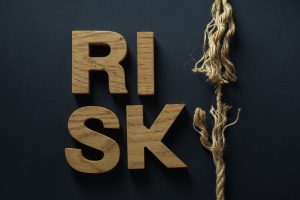
Unsystematic risk can be effectively eliminated by portfolio diversification


